Practice Makes Perfect
The Path Of Yoga. Embarking on a Yoga journey as a beginner can be exciting and overwhelming. Yoga offers many...
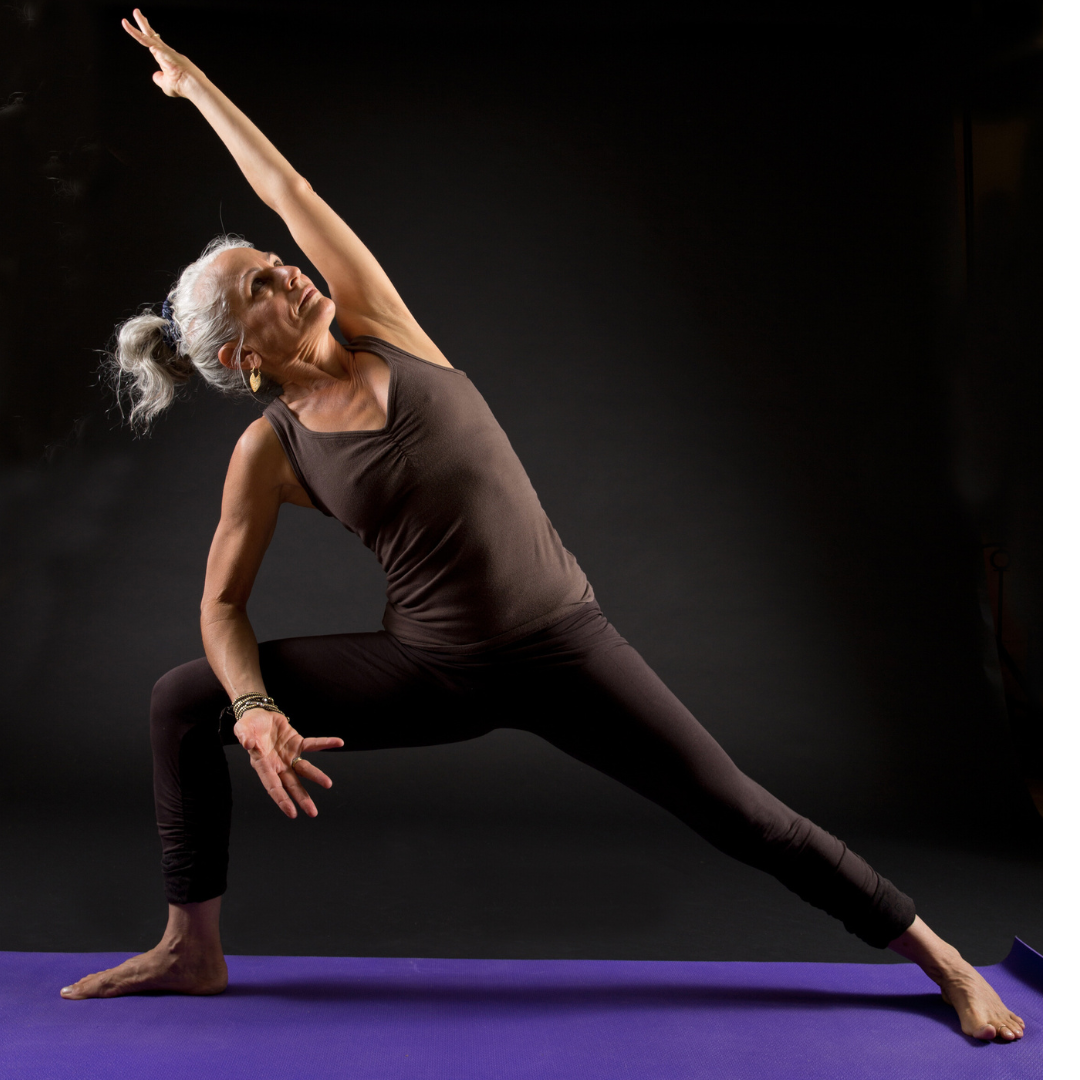
|
Getting your Trinity Audio player ready...
|
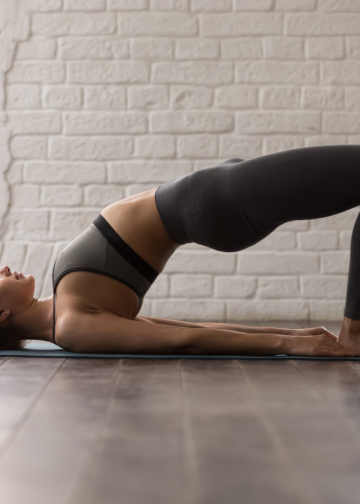
There was a time when I was living with a constant undercurrent of aches and pains. My lower spine felt tight, my left sciatic nerve would flare up, my right knee was unreliable, and my right shoulder carried a persistent discomfort. I chalked it up to aging, past injuries, and the wear and tear of daily life. But then, I committed myself to a daily Yoga practice.
At first, I wasn’t looking for a cure—I wanted to move, stretch, and feel a little better in my body. But something unexpected happened as the days turned into weeks and the weeks into months. The aches that had been my daily companions began to fade. One day, I realized I hadn’t thought about my sciatic pain in weeks. My knee no longer aches after long walks. My back felt more spacious, my shoulders lighter. The more dedicated I became, the more in tune I was with my body, and the more freedom I felt.
This is the power of daily Yoga practice. It’s not just about flexibility or strength; it’s about creating ease in the body, unwinding deep-seated tension, and restoring balance. Over time, Yoga doesn’t just relieve pain—it transforms how we move, feel, and experience our bodies. In this article, I’ll share how a simple daily practice can lead to profound change and how you, too, can find freedom from constant aches and pains.
Our bodies are designed to move, yet modern life often keeps us still for long periods—sitting at desks, driving, scrolling on our phones. Over time, this lack of movement creates stiffness, poor posture, and imbalances, leading to chronic aches and pains. When we don’t move enough, our muscles tighten, joints become less mobile, and tension builds up in the lower back, hips, and shoulders.
Yoga can counteract this stagnation, gently guiding the body back into balance. Unlike high-impact exercise, which can sometimes aggravate pain, Yoga encourages mindful, intentional movement that gradually restores mobility and circulation. Each pose helps to release tight muscles, improve joint function, and promote better posture—all of which contribute to a greater sense of ease in the body.
Beyond just physical benefits, movement is also key to overall well-being. Moving regularly increases blood flow, nourishes the tissues, and keeps the body’s systems functioning optimally. This is why stiffness and discomfort often aren’t just signs of aging and inactivity. By incorporating daily movement—especially the kind that Yoga offers—we give our bodies what they need to function smoothly, with less effort and more comfort.
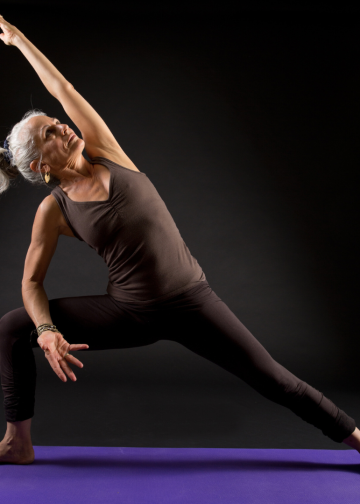 The Science Behind Yoga and Pain Relief
The Science Behind Yoga and Pain ReliefYoga’s ability to relieve pain isn’t just anecdotal—it’s backed by science. Regular movement and mindful stretching help to reduce stiffness, improve circulation, and promote overall well-being. But what makes Yoga particularly effective for pain relief is its ability to target multiple body systems simultaneously: the musculoskeletal system, the nervous system, and even the brain’s perception of pain.
Many aches and pains stem from muscle imbalances, poor posture, and restricted mobility. When we sit for long periods or move repetitively, specific muscles become tight and overworked while others weaken from lack of use. This strains the joints and spine, leading to discomfort and chronic tension.
Yoga poses gently stretch and strengthen the body in a balanced way, helping to restore proper alignment. For example:
By practicing regularly, we create space in the body, allowing it to move more efficiently and with less restriction.
Yoga does more than stretch muscles—it shifts how the nervous system responds to pain. Chronic pain often keeps the body under stress, activating the sympathetic nervous system (the “fight or flight” response), which can increase muscle tension and inflammation.
Yoga activates the parasympathetic nervous system through slow, controlled movement and deep breathing (the “rest and digest” response). This signals the body to relax, lowers stress hormones like cortisol, and reduces pain perception. Studies show that mindfulness-based practices like Yoga can even change how the brain processes pain, making discomfort feel less intense over time.
When we hold stress or tension in the body, it often manifests as pain—tight shoulders, a stiff lower back, or an aching neck. Yoga helps to break this cycle by encouraging full-body awareness and relaxation. Breathing deeply while holding a pose teaches the body to soften into movement rather than resist it.
Additionally, movement increases circulation, bringing fresh oxygen and nutrients to the tissues while helping to flush out waste products that contribute to inflammation. This process relieves immediate discomfort and helps prevent recurring pain by keeping muscles and joints healthy.
Regularly practicing Yoga creates a more resilient, adaptable, and pain-free body, not just in the moment, but over time.
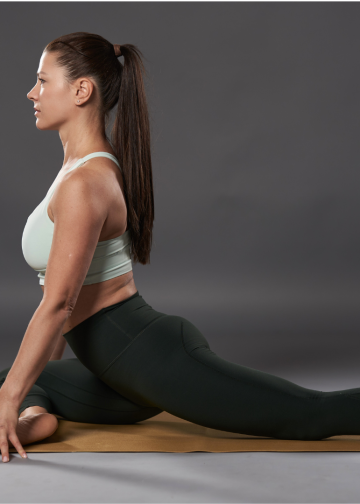
One of the most potent benefits of daily Yoga is developing a deeper connection with your body. In our fast-paced lives, it’s easy to ignore discomfort until it becomes chronic pain. We push through aches, dismiss stiffness as usual, and only pay attention when something feels seriously wrong. But Yoga teaches us to listen—to notice our bodies’ subtle messages.
When we move mindfully, we recognize areas of tension, imbalance, or weakness before they develop into more significant issues. Over time, we become more aware of how we carry ourselves throughout the day—how we sit, stand, and move—and naturally adjust to support better alignment and ease. Instead of reacting to pain once it has set in, we learn to prevent it by responding to our bodies’ early signals.
Breathwork is also a key part of this process. The breath acts as a bridge between the body and the mind, helping to release tension we may not even realize we’re holding. By breathing deeply into tight areas, we encourage relaxation and circulation, softening the places where we tend to store stress, like the shoulders, hips, and jaw.
The more consistent our practice, the more in tune we become—not just with physical sensations but with our overall well-being. We notice how specific movements, habits, or emotions affect our bodies. This awareness allows us to move through life with greater ease, adjusting and caring for ourselves in ways that keep us pain-free and feeling our best.
When I started practicing Yoga daily, I wasn’t expecting a dramatic transformation. I wanted to move, stretch, and feel a little better. But as time passed, something remarkable happened—the aches and pains that I had once felt like a permanent part of my body began to fade. I didn’t wake up one morning suddenly pain-free; instead, the change was gradual, almost imperceptible at first. But one day, I realized I wasn’t thinking about my sciatic pain anymore. My knee no longer aches after long walks. My back felt stronger, my shoulders lighter.
This is how Yoga works—it doesn’t force the body into change; it invites it. The slow, steady repetition of movement, breath, and awareness gently unwinds years of tension, imbalance, and misalignment. At first, the focus may be on stretching tight muscles and strengthening weak ones, but over time, something more profound shifts. The body learns new patterns of movement—ones that create ease rather than strain.
As the body becomes more fluid and pain-free, the mind follows. There’s a sense of trust that develops—trust in movement, trust in the body’s resilience, trust in the ability to heal. Instead of bracing for discomfort, you move confidently and freely. Yoga becomes less about “fixing” pain and more about experiencing the joy of a body that feels good.
The transition from pain to freedom isn’t instant or linear. Some days feel effortless, while others remind us of old habits and tensions. But with patience and consistency, the balance shifts. One day, you realize that pain is no longer the dominant force in your body. Instead, space, ease, and a sense of light come from truly being at home in yourself.
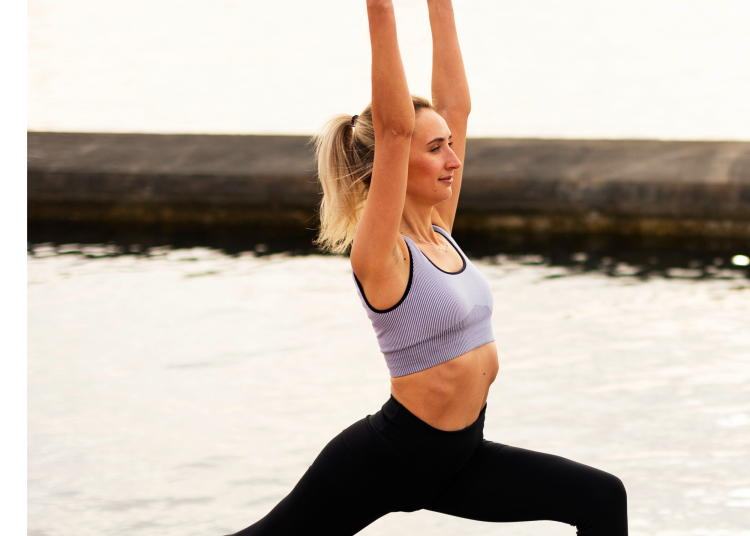 Tips for Creating a Sustainable Daily Practice
Tips for Creating a Sustainable Daily PracticeCommitting to a daily Yoga practice doesn’t mean spending hours on the mat or forcing yourself into rigid routines. The key to making Yoga a lasting habit is approaching it with flexibility, curiosity, and a sense of self-compassion. Here are some ways to create a practice that feels nourishing and sustainable:
A daily practice doesn’t have to be lengthy—consistency matters most. Even 10–15 minutes of mindful movement can make a difference. On busy days, a few deep breaths and gentle stretches can be enough to keep the momentum going. The goal is to make Yoga a natural part of your routine rather than a chore.
Some days, your body will crave deep stretches; others might need more strength-building or rest. Pay attention to what feels good rather than forcing a predetermined routine. If you’re tired, a restorative or Yin practice may be more beneficial than an intense flow. Learning to honor these shifts will help prevent burnout and injuries.
Certain Yoga poses are beneficial for maintaining ease and preventing pain:
Incorporating even a few of these into your practice can target common areas of discomfort.
While active poses help build strength and mobility, slower, restorative postures are just as important. Including time for deep relaxation, such as Savasana or Yoga Nidra, allows the nervous system to reset, helping to release tension on a deeper level.
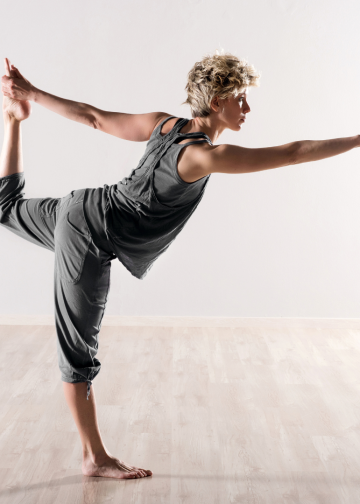
Your Yoga practice will evolve. Some days will feel amazing, while others might feel sluggish or scattered. That’s completely normal. The most important thing is to keep showing up with kindness toward yourself. Yoga isn’t about achieving the perfect pose—it’s about creating a body and mind that feel at ease.
By committing to small, intentional steps each day, you’ll gradually experience the profound benefits of a body that moves with freedom and a life with less pain.
The journey from chronic aches to a body that feels at ease doesn’t happen overnight, but it is possible with consistency, patience, and awareness. A daily Yoga practice isn’t just about movement; it’s about cultivating a deeper relationship with your body, learning to listen, and responding with care. Over time, stiffness gives way to fluidity, tension dissolves, and pain becomes a distant memory.
For me, Yoga started as a way to manage discomfort, but it became something much more significant: a daily ritual of self-care, a practice of presence, and a path to true freedom in my body. If you’re struggling with aches and pains, know you don’t have to accept them as permanent. Gentle, mindful movement can be the key to unlocking a body that moves with ease and a life that feels more vibrant.
Photo © katarzyna bialasicwiz via canva.com
Photo © yuganor konstantin via canva.com
Photo © Makhail Nilov via canva.com
Photo © dusab llic via canva.com
Photo © Boris Jovanovic via canva.com
Photo © jonya via canva.com
Photo © photoology via canva.com
The Path Of Yoga. Embarking on a Yoga journey as a beginner can be exciting and overwhelming. Yoga offers many...
Stress Causes Growth At Slow Harvest Yoga, we revel in rest, softness, and slowness, but we also know that growth...
Aging is often framed as a process of decline—losing strength, energy, and flexibility. But what if we shifted the...
There’s something about lacing up your boots, stepping onto a trail, and breathing in that fresh air that just makes...
Restorative Yoga: Have you ever been curious about Restorative Yoga but unsure what to expect? Maybe you’ve seen photos of...
Let’s Dance: Dance is one of the oldest forms of human expression, transcending language and culture to tell stories, celebrate...
© 2025 Slow Harvest Yoga